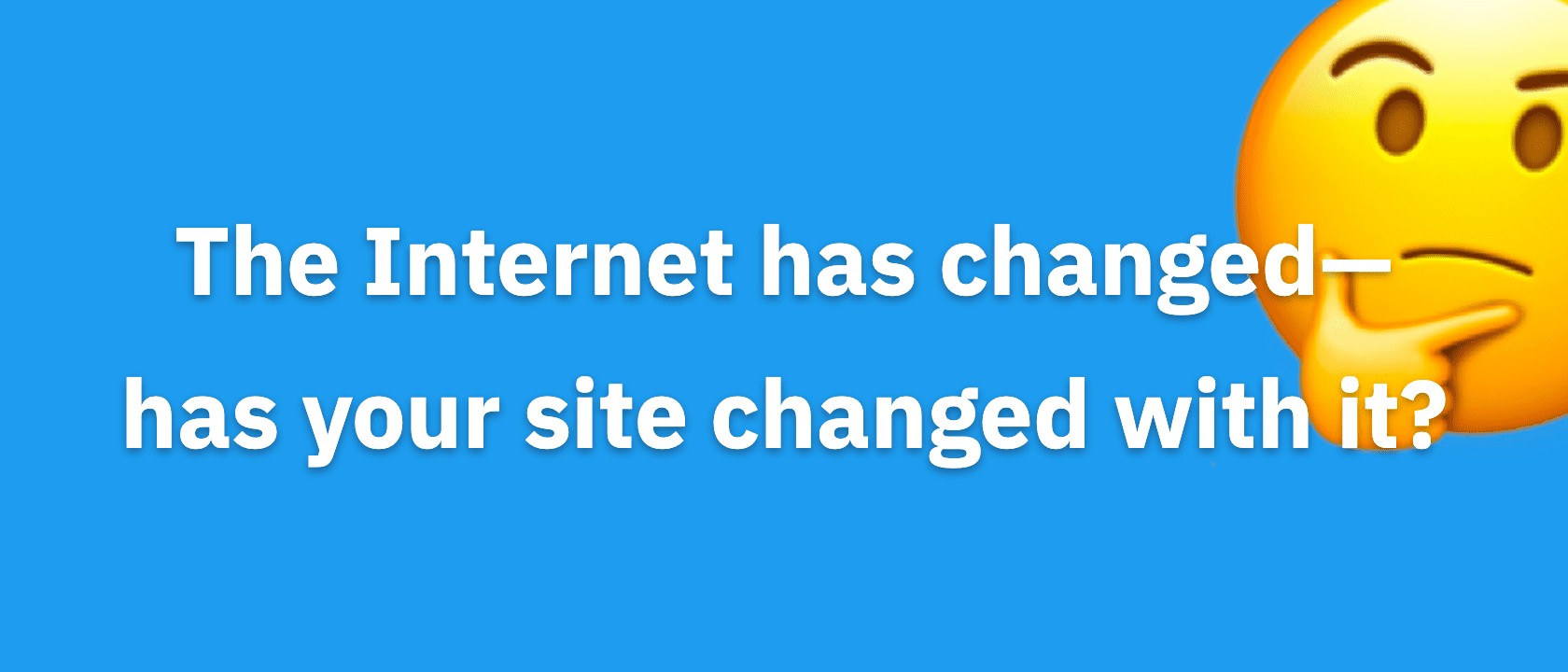Last week we changed the format of the DIYthemes newsletter from a designed HTML email to a simple text email.
And the results were just as I thought…
People prefer text emails.
I’ve known this from testing on Social Triggers, and it appears that the test results prove that simple text wins for DIYthemes too.
Here’s the data:
Do people prefer HTML or TEXT email?
To find the answer to that question, we conducted a survey.
First, I posed this question:
“Do you like this new format for the email newsletter? Instead of simply sending blog posts, we’re sending a more personal email with commentary + information about the blog post.”
Here were the answers:
- 55.1% of the respondants said “Yes”
- 19.7% of respondants said “No”
- 25.2% of respondants said “Kind of…”
And then I posed this question:
“If you selected Yes, No, or Kind of…, can you please elaborate? What did you like? What didn’t you like? Be as specific as possible.
This is where the interesting information came out…
People said they LOVED the text email because it was simple and much easier to read. Here are some quotes:
- “Clean”
- “Much easier to read”
- “The new format tended to make me feel as if I were a tried and trusted confidant— and that was welcomed”
- “It’s clean and easy to read. Call to actions are also clean and easy to follow.”
(+1 for minimalist web designs that focus on readability instead of fancy graphics :-D)
However, there was also some backlash. Not much, but there was some.
What was the main complaint?
People didn’t like that we didn’t include the whole article in the email.
It seems that people DO want to read in their email client, and when they do, they’re okay with staying there.
They also want the text to be clean, and easy to read, which makes sense.
But here’s the problem with “full text” emails:
In my experience, when you send the full text, you get less comments, less social media shares, and overall, LESS interaction with your subscribers.
I’ve also noticed higher unsubscribe rates, lower click-through rates, and in general, a lack of responsiveness.
That makes sense, too.
When you teach your subscribers to fail to take action every time you talk to them (even if it’s something small like clicking on a link), it can become impossible to get them to do it.
Should You Use HTML or Text?
No matter what business you’re in, you need an email list.
But the question is, should you create a fancy HTML template or a simple text email?
First, I’ve got a secret to tell you:
Even when you see this simple text email, it’s still actually an HTML email.
Yes, there’s a plain text version that some phones receive, but in general, you’re still receiving an HTML email.
As you can see, the only difference is that one email is a fancy design, and the other is more minimalistic.
Now the question is should you go with simple or fancy?
That all depends.
In my experience, simple text emails have been best—as shown here on DIYthemes, Social Triggers, and a few other sites I’ve run.
However, it’s best for you to test (and it’s easy to test emails with services like AWeber).
Also, I’m testing something new…
I’m sending this whole thing to the email subscribers as a “test.”
And instead of requiring people to “click to read,” I’d like you to do something else…
Instead of clicking to read the whole article, I’d love for you to prove me wrong.
Let’s see if it’s possible to maintain high engagement even with sending the full-text email.
